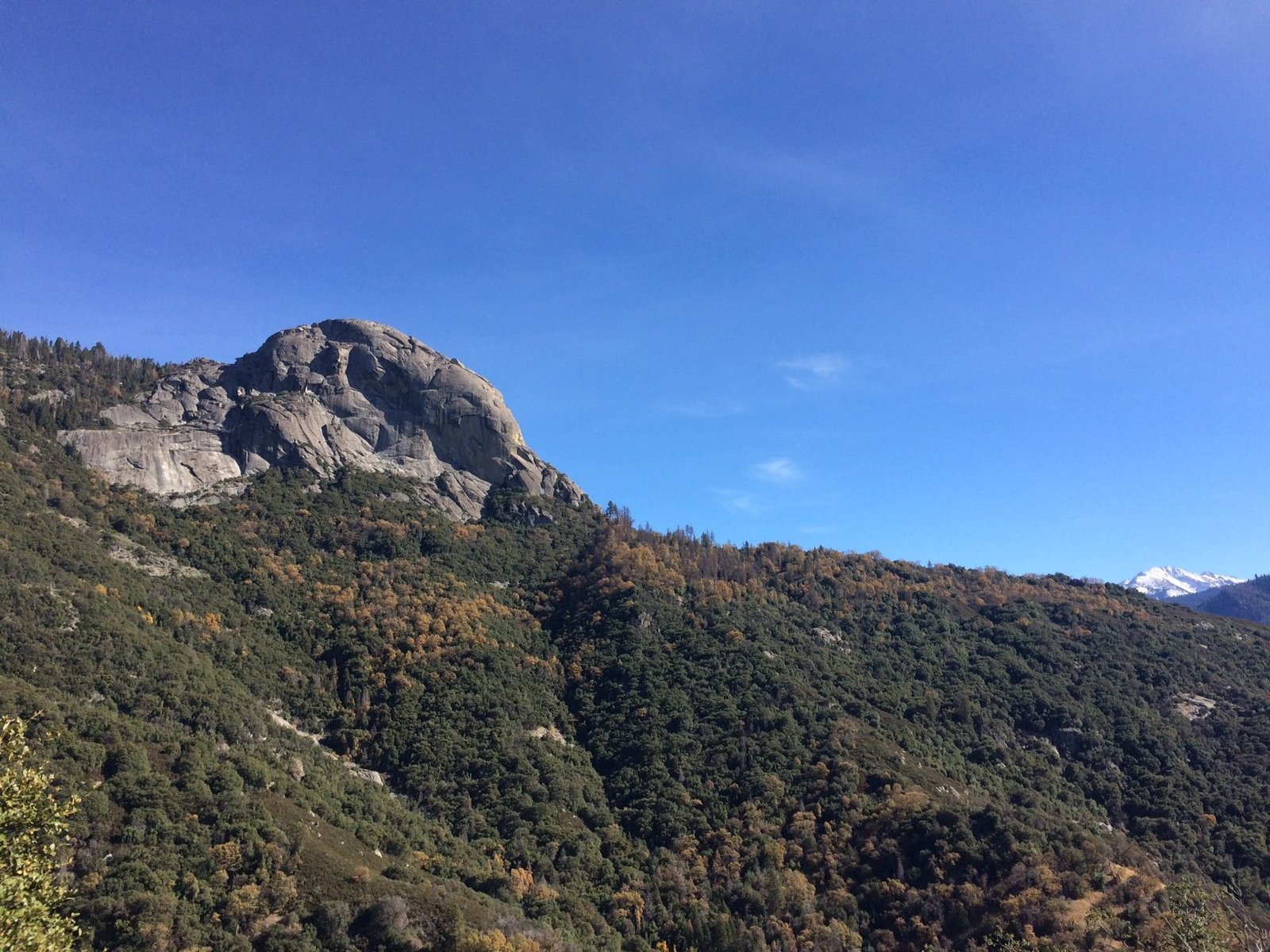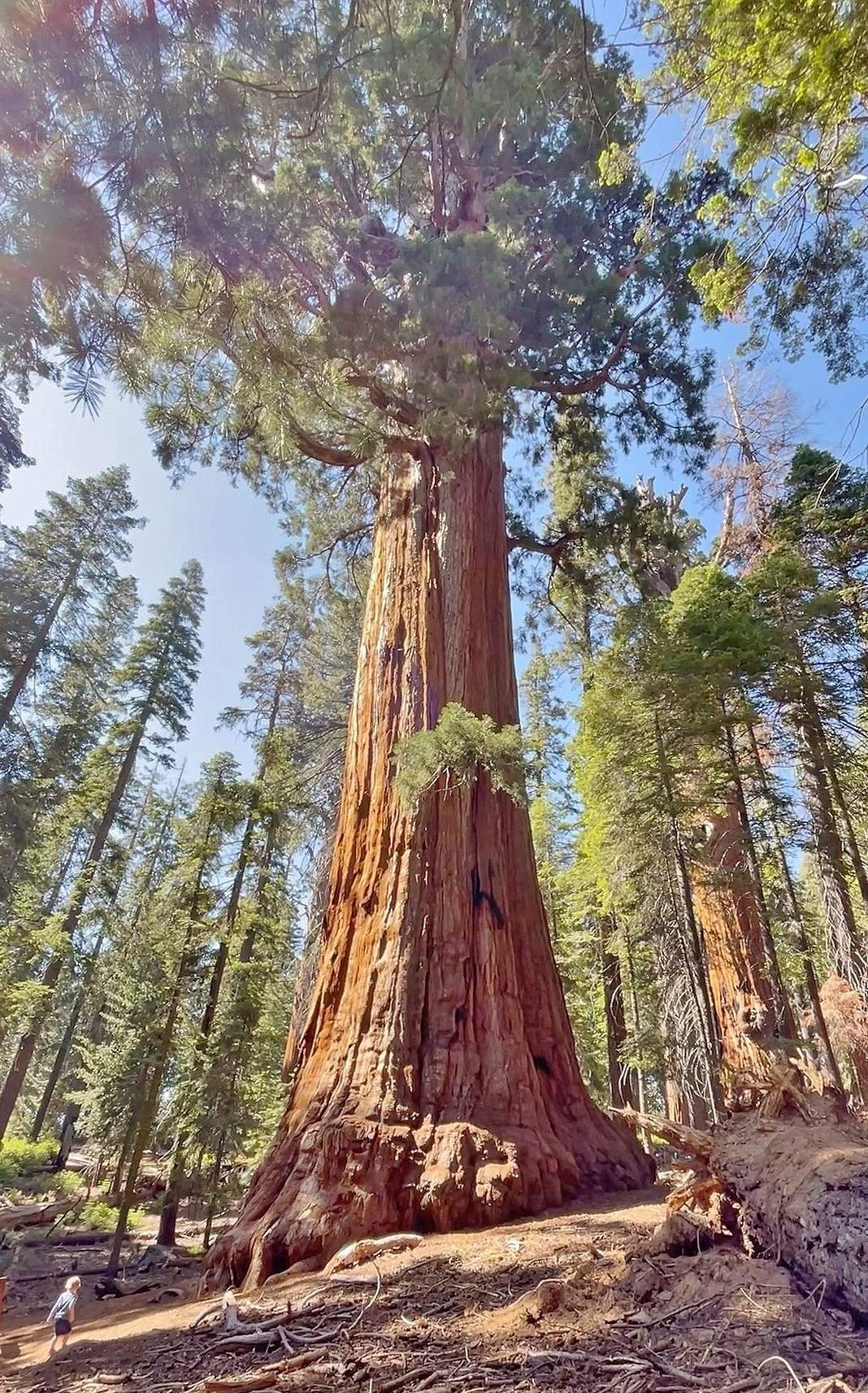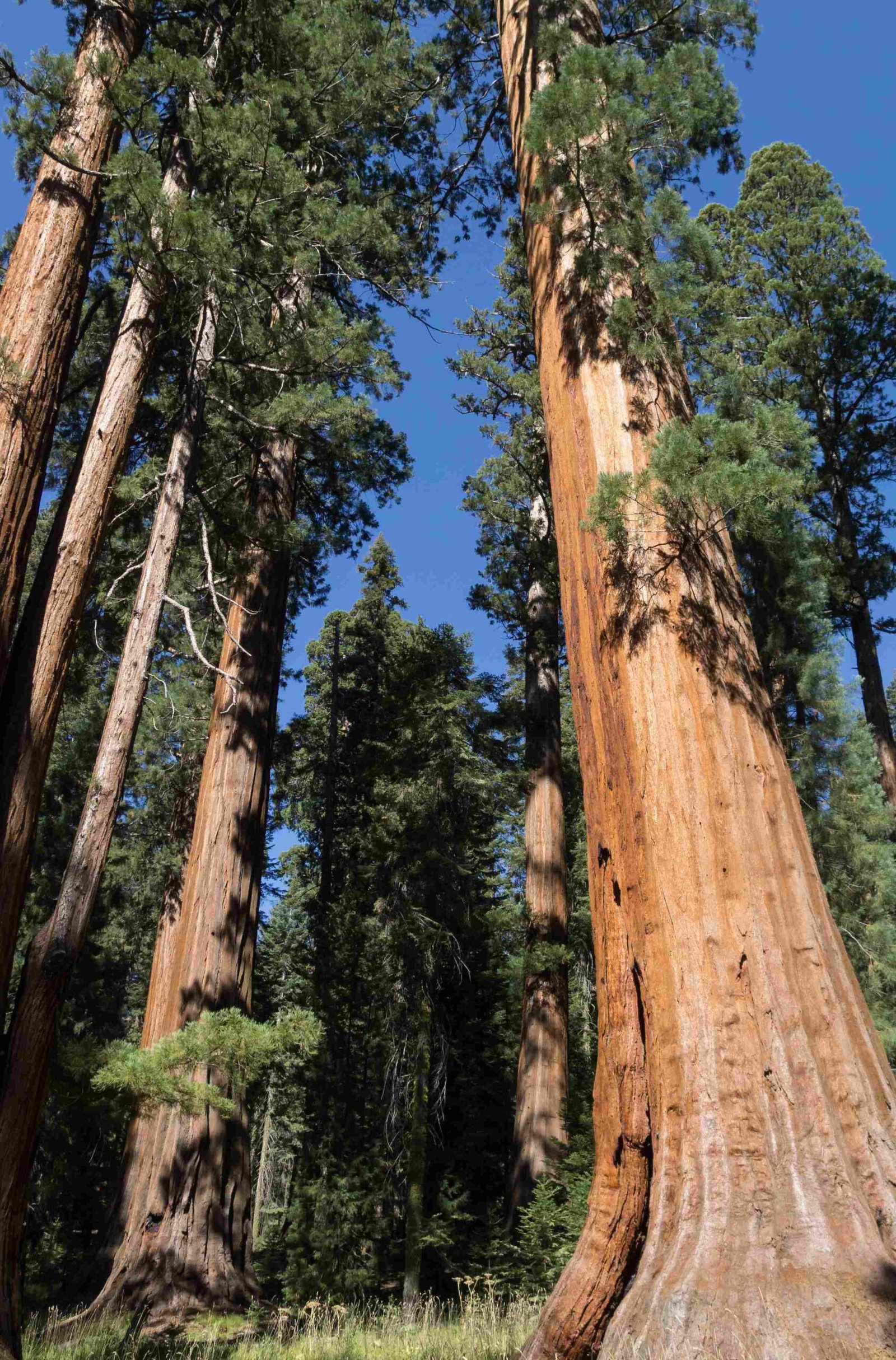Cal Fire Sequoia National Park is a crucial component of California’s wildfire management system. This agency plays a vital role in protecting the iconic sequoia trees and surrounding ecosystems from the threat of wildfires. With increasing fire risks due to climate change, Cal Fire’s presence in Sequoia National Park has become more critical than ever, implementing fire prevention strategies, conducting controlled burns, and responding to active wildfires to preserve this natural treasure for future generations.
What is the Current Fire Situation in Sequoia National Park?

As of the latest updates, the Trout Fire in the Sequoia National Forest is 95% contained. This fire is located northeast of Isabella Lake in the Dome Land Wilderness, south of Sherman Pass Road and southwest of Bald Mountain in Tulare County. The estimated full containment date was initially set for September 4, 2024, but the current high containment level suggests it may be fully controlled sooner.
How Does Cal Fire Manage Wildfires in Sequoia National Park?

Cal Fire employs a multi-faceted approach to manage wildfires in Sequoia National Park:
- Prevention: Implementing fire prevention education programs for visitors and local communities.
- Detection: Utilizing advanced technology and lookout towers for early fire detection.
- Suppression: Deploying ground crews and aerial resources to combat active wildfires.
- Prescribed Burns: Conducting controlled burns to reduce fuel loads and maintain forest health.
- Rehabilitation: Implementing post-fire restoration efforts to promote ecosystem recovery.
What Fire Safety Guidelines Should Visitors Follow?
Visitors to Sequoia National Park must adhere to strict fire safety guidelines to prevent wildfires:
- Campfire Regulations: Only use designated fire rings or camp stoves when permitted.
- Smoking Policies: Smoke only in cleared areas or inside vehicles.
- Fireworks: Strictly prohibited within park boundaries.
- Vehicle Maintenance: Ensure proper vehicle maintenance to prevent sparks.
- Reporting: Immediately report any signs of fire or suspicious activities.
How Does Cal Fire Collaborate with Park Rangers?
Cal Fire works closely with Sequoia National Park rangers to ensure comprehensive fire management:
- Joint training exercises
- Shared resources and equipment
- Coordinated fire response strategies
- Collaborative public education efforts
- Integrated fire prevention planning
What Are the Current Fire Restrictions in Sequoia National Park?
Fire restrictions in Sequoia National Park can change rapidly based on weather conditions and fire risk. As of the latest update:
- Campfires are prohibited outside of designated areas
- Smoking is restricted to enclosed vehicles or buildings
- Firewood collection is limited to specific zones and requires a permit
- Use of gas stoves and lanterns may be restricted in certain areas
Visitors should check the official park website or contact ranger stations for the most up-to-date information on fire restrictions before their visit.
How Does Climate Change Impact Fire Management in Sequoia National Park?
Climate change has significantly altered fire management strategies in Sequoia National Park:
- Extended Fire Seasons: Longer dry periods increase the duration of high fire risk.
- Increased Fire Intensity: Hotter temperatures lead to more severe and fast-spreading fires.
- Drought Stress: Weakened trees are more susceptible to fire damage and insect infestations.
- Altered Ecosystems: Changing climate patterns affect vegetation types and fire regimes.
- Resource Allocation: More resources are needed for year-round fire prevention and suppression.
What Should Visitors Do in Case of a Wildfire?
In the event of a wildfire, visitors should:
- Stay calm and follow all instructions from park officials
- Evacuate immediately if ordered to do so
- Have an emergency kit and evacuation plan ready
- Monitor local news and park alerts for updates
- Avoid areas with visible smoke or fire activity
How Can Visitors Support Cal Fire’s Efforts in Sequoia National Park?
Visitors can support Cal Fire’s efforts by:
- Adhering to all fire safety guidelines and restrictions
- Reporting any signs of fire or suspicious activities promptly
- Participating in fire safety education programs
- Volunteering for approved park restoration projects
- Donating to wildfire relief and prevention funds
What Are the Long-term Fire Management Goals for Sequoia National Park?
Cal Fire and park management have established several long-term fire management goals:
- Restore natural fire regimes through controlled burns
- Enhance forest resilience to climate change impacts
- Protect old-growth sequoia groves from high-severity fires
- Improve wildfire prediction and early detection systems
- Expand public education on fire ecology and prevention
How Does Cal Fire Balance Fire Prevention with Ecosystem Health?
Cal Fire employs a delicate balance in managing fire prevention and ecosystem health:
| Strategy | Fire Prevention | Ecosystem Health |
|---|---|---|
| Prescribed Burns | Reduces fuel loads | Promotes natural regeneration |
| Mechanical Thinning | Creates fire breaks | Improves forest structure |
| Invasive Species Control | Reduces flammable vegetation | Preserves native ecosystems |
| Habitat Restoration | Enhances natural fire resistance | Supports wildlife diversity |
| Public Education | Prevents human-caused fires | Increases appreciation for fire ecology |
By implementing these strategies, Cal Fire aims to protect Sequoia National Park from catastrophic wildfires while maintaining the ecological benefits of natural fire cycles.

